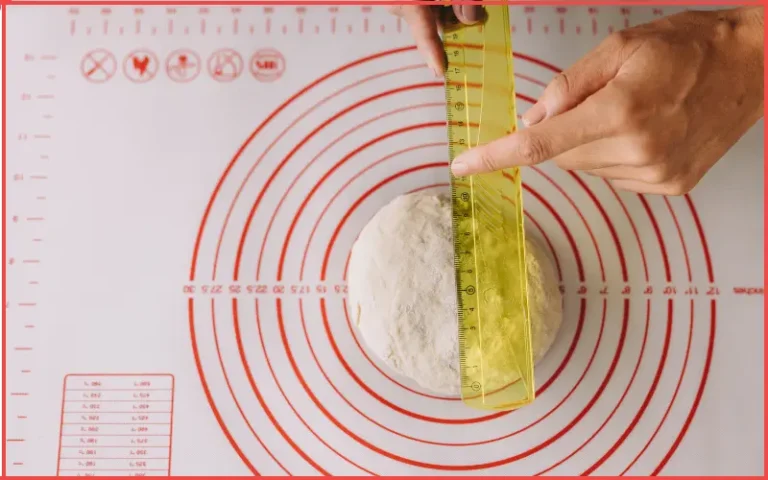How to Measure Deck Board Spacing: Expert Guide for Perfect Gaps
Picture this: You’ve invested $15,000 in a stunning new deck, only to find puddles pooling between boards after the first rain. Or worse – you notice ominous cracks as temperatures drop because boards squeezed too tightly during summer expansion. These aren’t hypothetical nightmares.
They’re real consequences of ignoring deck board spacing – a detail so small, yet so critical that it determines whether your deck lasts 5 years or 25.
Why Deck Board Spacing Matters
Proper spacing prevents 3 critical issues:
- Water Damage: Trapped moisture causes rot (accounts for 68% of deck failures, NADRA 2023 Report).
- Board Buckling: Wood swells up to 8% in humidity; tight gaps cause warping.
- Safety Hazards: Incorrect spacing leads to tripping or debris buildup.
“I skipped spacing measurements on my first deck. After one winter, 40% of boards warped—costing $1,200 in repairs.”
– Mark T., DIY Homeowner, Michigan
Standard Deck Board Spacing by Material
| Material | Recommended Gap | Key Reason |
|---|---|---|
| Pressure-Treated Wood | 1/8″–1/4″ (3–6 mm) | Allows for shrinkage + drainage |
| Composite Decking | 1/4″–3/8″ (6–10 mm) | Prevents mold + thermal expansion |
| Hardwood (Ipe) | 1/4″ (6 mm) | Minimizes splintering |
Pro Tip: Wider gaps (1/4″+) in rainy climates boost drainage.
Tools for Precision Spacing
Don’t eyeball it! Use these:
- Spacing Tools:
- Deck Gauge Spacer: $8 (reusable metal tabs)
- 16d Nail: Perfect 1/8″ gap hack
- Speed Square: For angled board alignment
- Measuring Aids:
- Laser Level: Ensures straight lines
- Digital Calipers: For composite decking accuracy
Step-by-Step Measurement Guide
1. Prep Boards First
- Dry-Fit Boards: Lay 5-6 boards with temporary spacers.
- Check Moisture Content: Wood >19% moisture needs wider gaps (Wood Database Standard).
2. Set Consistent Gaps
- Place spacer/nail between boards.
- Secure boards with deck screws.
- Check Every 4 Boards: Measure gap with calipers to avoid “gap creep.”
3. Adjust for Expansion
- Summer Installation: Use max gap (wood swells in humidity).
- Winter Installation: Use min gap (wood contracts in cold).
*”In Florida’s humidity, I use 3/16″ gaps for treated pine. After 5 years, zero cupping.”*
– Luis R., Contractor, Tampa
3 Common Mistakes & Fixes
- Mistake: Uneven gaps from inconsistent pressure.
Fix: Use cam-action clamp to hold boards while fastening. - Mistake: Ignoring board curvature.
Fix: Crown all boards upward (arched side up) before spacing. - Mistake: Forgetting end-grain spacing.
Fix: Leave 1/2″ gap at ledger board for drainage.
Real User Case Study
Problem: Sarah’s composite deck pooled water due to 1/8″ gaps (manufacturer recommended 1/4″).
Solution:
- Inserted gap adjusters to widen spaces.
- Added slope shims (2% grade) for runoff.
Result: Eliminated puddling; saved $850 in board replacement.
FAQ: Deck Spacing Solved
Q: Can I use coins as spacers?
A: Penny (1.5 mm): Too small. Quarter (1.75 mm): Bare minimum. Use proper spacers—coins compress.
Q: Do hidden fastener systems need spacing?
A: Yes! Clip systems like Trex Hideaway still require 1/4″–3/8″ gaps.
Q: How to fix existing tight gaps?
A: Use a circular saw + guide rail to cut 1/8″ expansion slots between boards.
Q: Does spacing change for diagonal decks?
A: Increase gaps by 25%—angled boards trap more debris.
Pro Tips for Long-Lasting Decks
- Test Gap Drainage: Pour 1 cup water between boards—should clear in <10 seconds.
- Annual Check: Measure gaps each spring; recaulk if >1/8″ variance.
- Composite Tip: Gap requirements vary by brand—check manufacturer specs (e.g., Trex vs. TimberTech).
When to Call a Pro
Consult a contractor if:
- Gaps consistently widen >1/4″ (indicates structural issues).
- Boards cup/crown within 6 months of installation.
- Drainage problems persist after gap correction.
Average Cost: $150–$300 for professional gap assessment.







